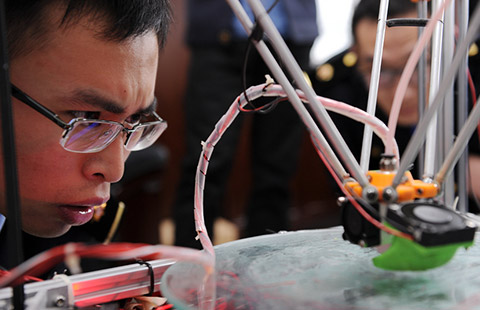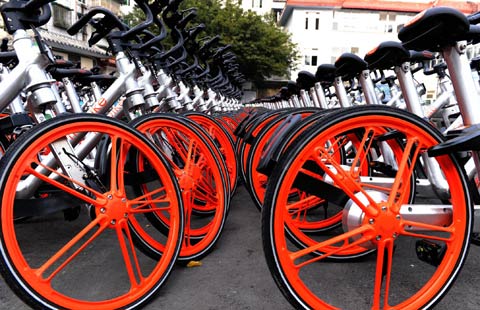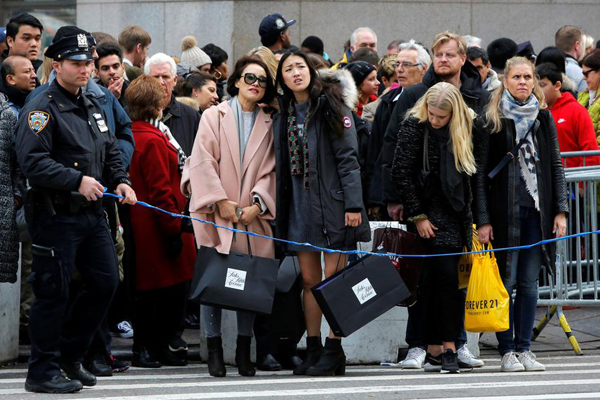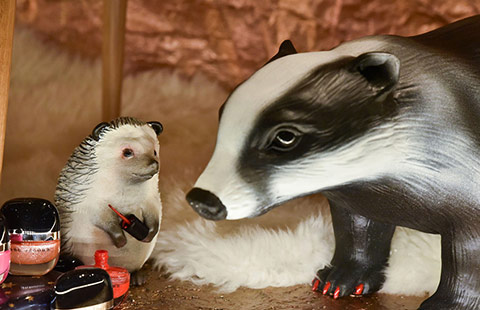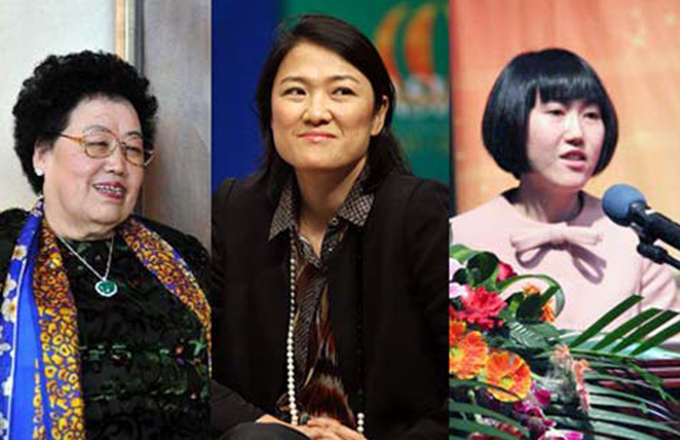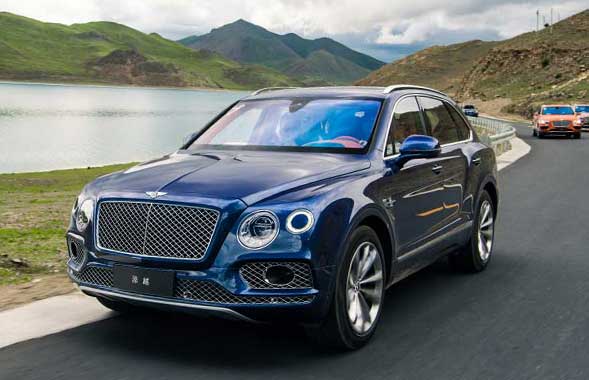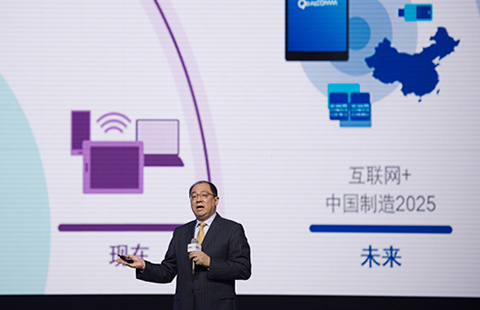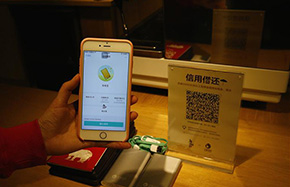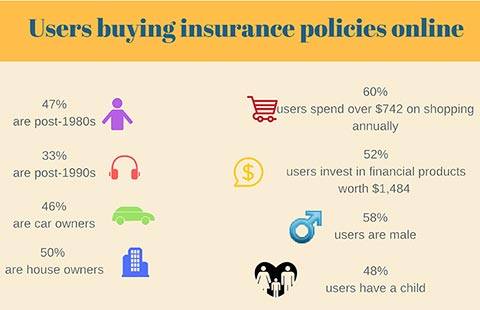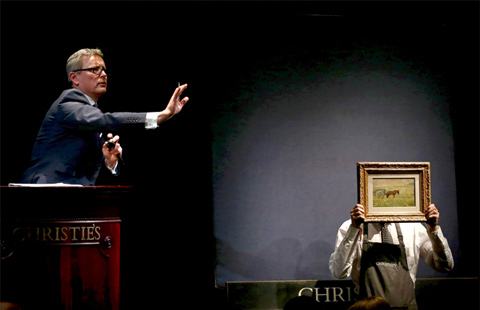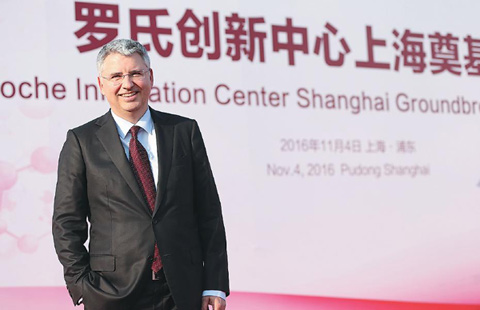Philips shines a light on initiative
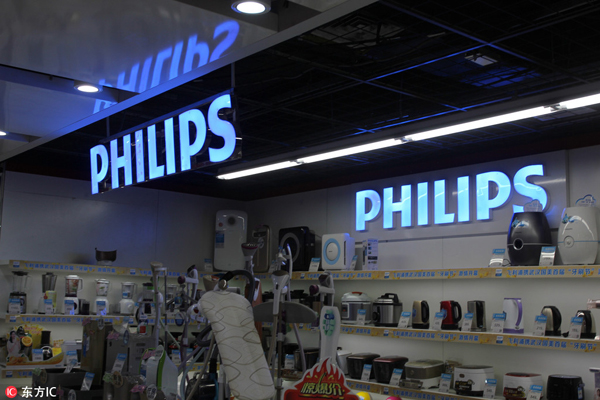 |
|
Philips logos are seen at a store in Wuhan, Hubei province, Nov 13, 2016. [Photo/IC] |
Editor's Note: Three years ago, President Xi Jinping launched the Belt and Road Initiative, to link vast transcontinental swathes with a common economic thread. The initiative brought unprecedented opportunities to companies to expand their business and access new markets. China Daily presents a series of interviews with top executives of foreign companies, looking at the impact of the initiative on their operations as well as markets. Eric Rondolat, chief executive officer of Philips Lighting, discusses his intention to build research and development centers, manufacturing facilities and high-tech products in China to develop markets along the Belt and Road Initiative.
Philips Lighting Holding BV, a Euronext-listed company, plans to accelerate its innovative pace and expand its production capacity at its Chengdu research and manufacturing base in Sichuan province to ship more products to countries along the Belt and Road Initiative over the next decade.
He said many of these opportunities come from countries' increasing demand for infrastructure, public services and manufacturing projects, as well as domestic use, especially in fast-growing economies such as Turkey, Kazakhstan, Poland and Qatar.
The trade, service and infrastructure network proposed by the Chinese government in 2013 envisions a Silk Road Economic Belt and a 21st Century Maritime Silk Road, covering about 4.4 billion people in more than 60 countries and regions in Europe, Asia and Africa.
Eric Rondolat, chief executive officer of Philips Lighting, said the company's Chengdu plant is not only supplying light-emitting diode lamps and large-scale illumination for industrial, sport and hospitality facilities to China, but also supplying markets in Europe and many other countries along these two trading routes.
At the transition from conventional to LED lighting continues apace, the Dutch company's LED product sales have kept increasing, and accounted for 56 percent of its total sales in the third quarter of 2016.
"As the main hub for the region, our Chengdu base is also benefiting from the international freight railway route from the Belt and Road Initiative," Rondolat said.
"There is still more market space for us to further explore as we are proficient in producing connected lighting systems, energy-saving and smart-lighting products, while many countries along these two trading routes are promoting a low-carbon economy, creating opportunities for us to usher in new partnerships to enhance our earning ability," said Rondolat.
China is Philips Lighting's second-largest overseas market after the United States and it has more than 1,000 researchers in China as well as 13 plants, and six research and development centers.
The company has deployed more resources in leveraging the internet of things to transform homes, buildings and urban spaces in China in recent years. It partnered earlier this month with Xiaomi Corp, a major smartphone maker in China, to establish a joint venture to produce smart-home lighting systems.
With 2015 sales of 7.5 billion euros ($7.94 billion), Philips Lighting has 34,000 employees in more than 70 countries and regions. It has sales branches in more than 1,600 cities and counties, as well as more than 300 brand stores in China.
Zhao Ying, a researcher at the Beijing-based Institute of Industrial Economics of the Chinese Academy of Social Sciences, said the Chinese LED industry, which has long been hampered by a lack of patents, may have reached a turning point. LED lamps last several times longer than incandescent lamps or most fluorescent bulbs. They are also more efficient.
"We are also keen to seize opportunities that arise from China's industrial upgrading and urbanization, because the country's new focus is on quality urban development, as well as green, low-carbon and sustainable growth such as promoting the use of LED products and energy-saving automobile products," said Olivia Qiu, chief innovation officer of Philips Lighting.







